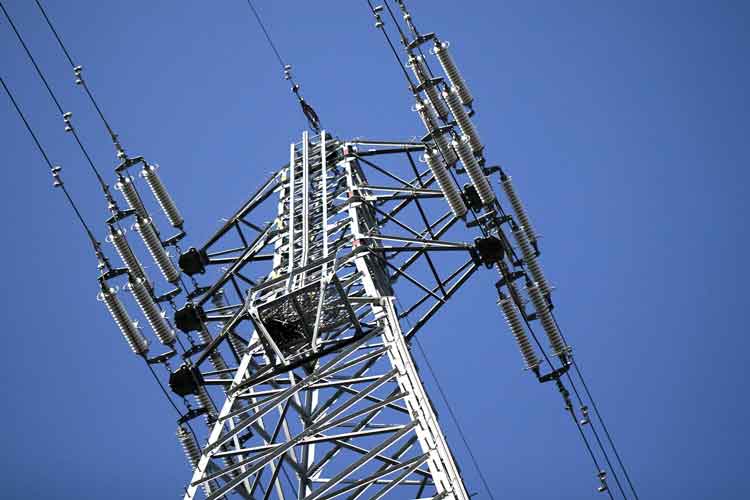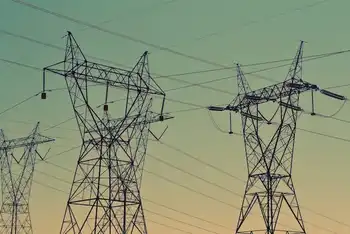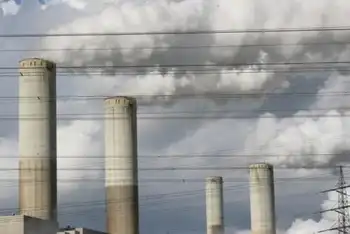Electricity use surges
The thirst for power on June 27 - when the temperature lhit 97 degrees - easily eclipsed the demand in the region from the day of the nation's worst blackout on Aug. 14, 2003.
Demand on June 27 from home and office air conditioners and other uses peaked at more than 100,000 megawatts in a nine-state region that includes Ohio and Michigan, according to an industry group that oversees the electric grid.
The situation prompted an independent system operator of the grid to issue a low-level alert to power companies to be aware that local electricity-generating capacity was nearing its limit.
"It's not all that unusual for this time of year, but it was the first one we have issued this year," said Gary Rasp, spokesman for the Midwest ISO of Carmel, Ind.
The bottom line is there has not been a power shortage, but electricity has been in enough demand for standby power plants to kick into gear and sell their electricity at relatively high rates to utilities trying to meet the need.
The operator of one such plant, Troy Energy LLC in northern Wood County, said some or all of its four units have been operating "pretty consistently" over the last five days, an unusual occurrence because the plant is fueled by expensive natural gas.
"That certainly is an indicator that it's very hot," said Jim Norvelle, spokesman for the Troy Township plant's owner, Dominion Resources Inc.
The spot market for electricity in Ohio, where a utility needing more power would find it, sold electricity for $77 a megawatt hour on Monday and $81 on Tuesday, up from $68 on Friday. In Michigan, where the spot market is costlier because of fewer power plants, the price hit $110 June 28, up from $70 June 24.
A typical Ohio coal-fired utility plant can generate power for about $8 a megawatt hour.
The pricier energy to fulfill demand shouldn't affect customers of FirstEnergy Corp. because its rates are frozen through the end of this year. It isn't known, however, whether the utility bought any electricity to supply its customers.
The Akron firm that owns Toledo Edison refused yesterday to disclose how much power is being used in its region or whether it is buying any to meet demand.
Consumers Energy in Michigan, however, said its system hit a monthly record peak of 8,327 megawatts between 4 and 5 p.m. Monday. It provides power to residents in Monroe, Hillsdale, and Lenawee counties.
The all-time peak demand for the nine-state upper Midwest region was 101,346 megawatts in August, 2001. On the day of the 2003 blackout, demand was 95,800 megawatts.
If demand continues at such a high rate, the Midwest ISO said it could be forced to issue a warning to local utilities, and ultimately could intervene and shut down some transmission areas to prevent a collapse of the grid, as occurred in the 2003 blackout.
A senior staff engineer at the East Central Area Reliability Council, Paul Kure, said a new record demand is expected this summer, exceeding 103,000 megawatts.
The region has been helped, he said, because Ohio, Michigan, and other states in the Midwest have added in the past three years more of the standby plants. Those plants, which operate in peak periods, are expensive to run because of the cost of natural gas that fuels them.
Because of the building frenzy and the existing utilities, the nine-state region's electricity generation capacity is close to 127,000 megawatts, Mr. Kure said.
However, often 10 percent or more of that is out of service at any given time, he added.
Still, consumers will pay for the comfort, at least indirectly. With the standby plants gobbling up natural gas, less of that fuel will be in storage for the winter months, typically the time of highest demand for heating.
With less inventory, prices for natural gas likely will remain high, boosting heating bills.
"You'll know around September how much is stored up, and if there's a shortage by then and we get a cold winter, prices will skyrocket," said Larry Barton, a consultant with Palmer Energy Co. of Toledo.
Related News

Britain got its cleanest electricity ever during lockdown
LONDON - U.K electricity has never been cleaner. As wind, solar and biomass plants produced more power than ever in the second quarter, carbon emissions fell by a third from a year earlier, according to Drax Electric Insight’s quarterly report. Power prices slumped 42 per cent as demand plunged during lockdown. Total renewable energy output jumped 32 per cent in the period.
“The past few months have given the country a glimpse into the future for our power system, with higher levels of renewable energy and lower demand making for a difficult balancing act,”said Iain Staffell, from Imperial College London and…





